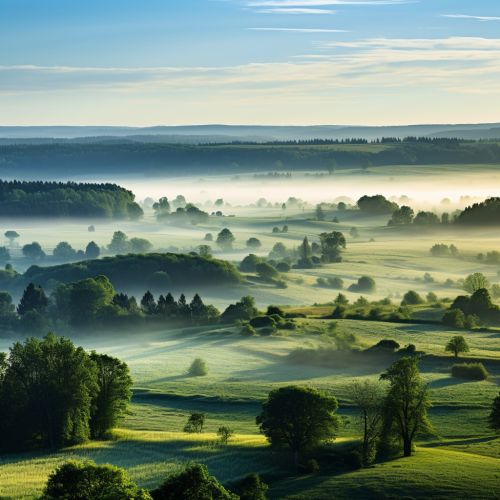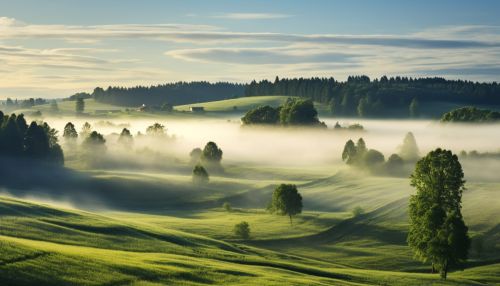Lithuania
Geography
Lithuania is located in the northern part of Europe. It is bordered by Latvia to the north, Belarus to the east and south, Poland to the south, and Russia to the southwest. Lithuania covers an area of 65,300 square kilometers, making it the largest of the three Baltic States. The country's terrain is characterized by lowland plains and hilly uplands.


Climate
The climate in Lithuania is transitional, between maritime and continental. The country experiences warm summers and moderate winters. The average annual temperature is 6 °C in the coastal regions and 5.2 °C in the east. Precipitation varies across the country, with the western highlands receiving the most rainfall.
History
Lithuania's history can be traced back to the 10th millennium BC when the last glacial period ended. The first written mention of Lithuania is found in a medieval German manuscript, the Annals of Quedlinburg, dated 1009 AD. Lithuania was a powerful empire in the Middle Ages, and in 1386, it was united with Poland through a personal union. In the 18th century, the Polish-Lithuanian Commonwealth was partitioned by its neighboring countries, and Lithuania was annexed by Russia. Lithuania regained its independence following World War I and again in 1990 from the Soviet Union.
Politics
Lithuania is a democratic republic with a semi-presidential system. The President of Lithuania is the head of state and is elected directly by the citizens for a five-year term. The government is headed by the Prime Minister of Lithuania, who is appointed by the President. The legislative power is vested in the Seimas, a unicameral parliament.
Economy
Lithuania's economy is classified as high-income by the World Bank. The country has a well-developed infrastructure and a skilled labor force. It has one of the fastest growing economies in the European Union. Major sectors include information technology, biotechnology, metal processing, and food processing. Lithuania also has a well-developed agricultural sector, with dairy farming and cereal production being the main activities.
Culture
Lithuanian culture is influenced by various historical and geographical factors. The country's language, Lithuanian, is one of the oldest languages in the world. Lithuania has a rich folk culture, with traditional music, dances, and art. The country is also known for its literature, theatre, and cinema. Lithuania's food culture is influenced by its agricultural heritage, with dishes often featuring potatoes, rye, beetroot, and dairy products.
Education
Education in Lithuania is compulsory for children from the age of 6 to 16. The country has a well-developed education system, with a high literacy rate. Higher education is provided by universities and colleges. Lithuania has a number of internationally recognized universities, including Vilnius University and Kaunas University of Technology.
